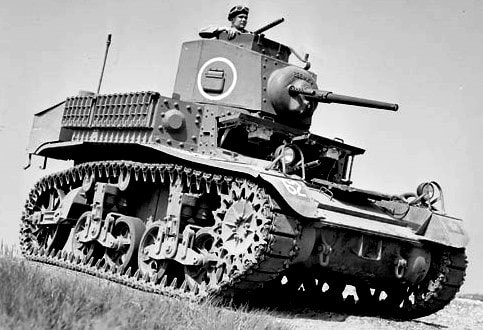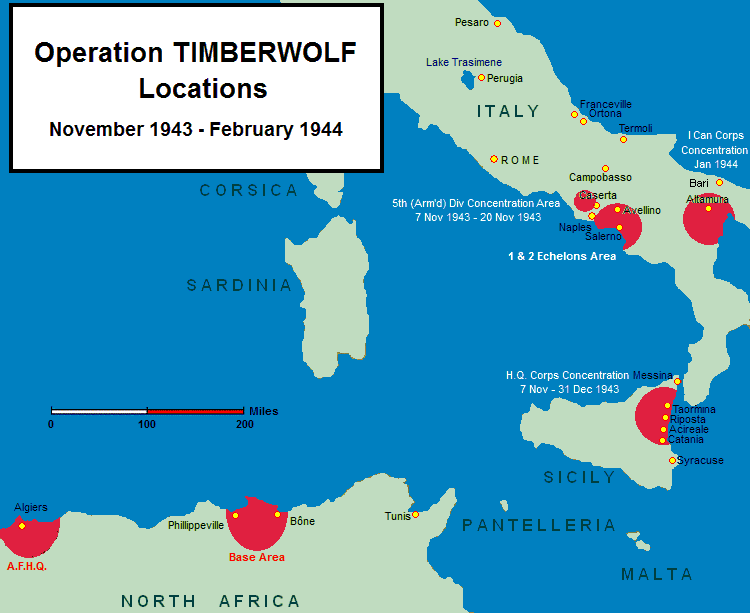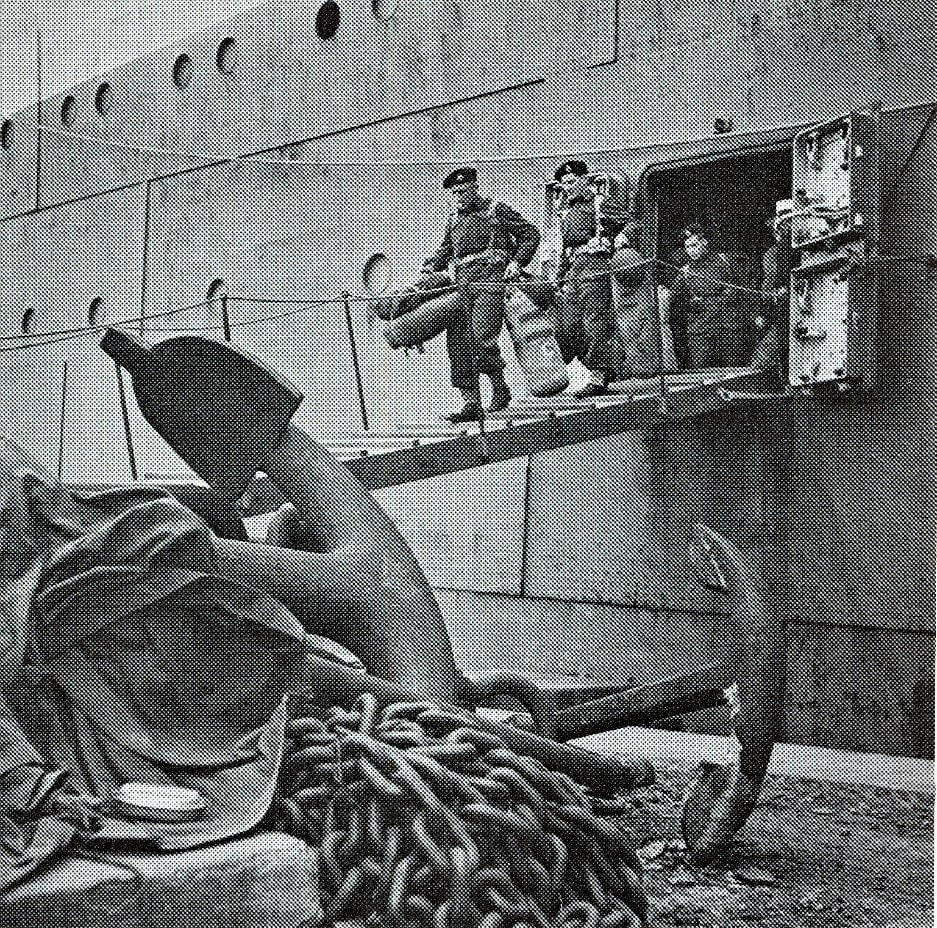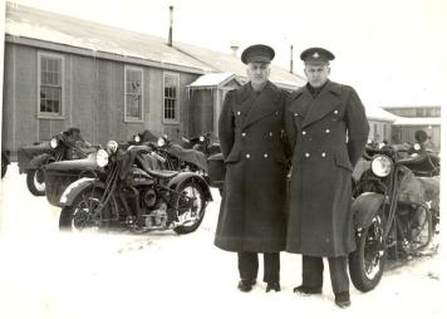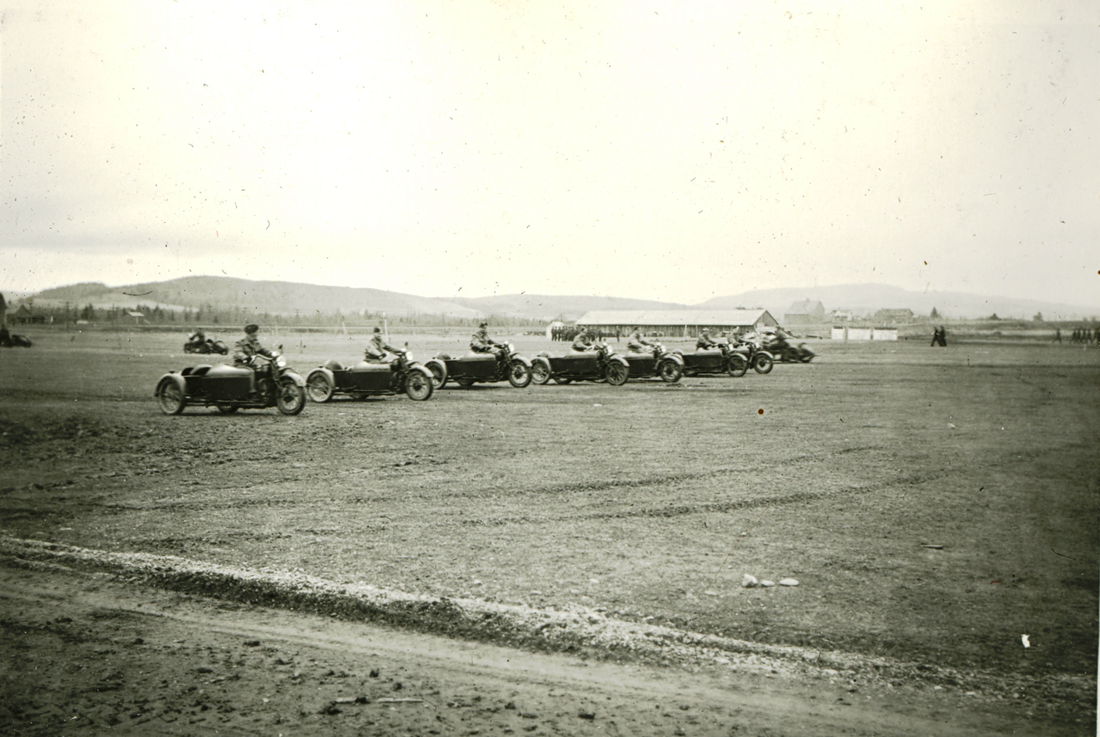As part of the 5th Armoured Division, the 5th Armoured Regiment had just completed a series of training exercises in October 1943. The expectation that more training was on the way was altered when Lieutenant-Colonel Robinson informed the men that they were deploying under Operation Timberwolf. As a result, the regiment had to turn in their equipment, in the process being outfitted with new equipment from the United States. Their old equipment was left behind for others to make use of. By mid-November, the necessary preparations had been completed and the regiment could embark on the first leg of Operation Timberwolf. Officially, Lieutenant-Colonel Robinson had informed the regiment that they were deploying to Ireland, but this was not to be the case.
While in port, the regiment was temporarily divided, with Headquarters personnel setting sail into the Mediterranean for their journey's end. The rest of the regiment remained in Algeria for a brief stay. While there, they took in the sights of the country, and partook in some celebratory exploration of the city. While they enjoyed themselves, they knew it would not last forever.
As December broke over the Italian coast, the men saw their destination, Italy was on the horizon. Once there, the remainder of the regiment trekked from the Port of Naples on the west coast to their rendezvous point on the eastern side of the country at Matera. There they were armed with British equipment. Unfortunately, the equipment was too decrepit to make extensive us of. Thankfully, the men had time to make what repairs they could, and in the meantime, they received some new tanks to bolster their numbers. Finally, with the regiment armed and armoured they could say that their role in Operation Timberwolf had been achieved, the Hussars had arrived in Italy.
To find out more about Operation Timberwolf, or about the 8th Hussars in general, stop by the 8th Hussars Museum located in the historic Sussex Train Station along Broad Street.
